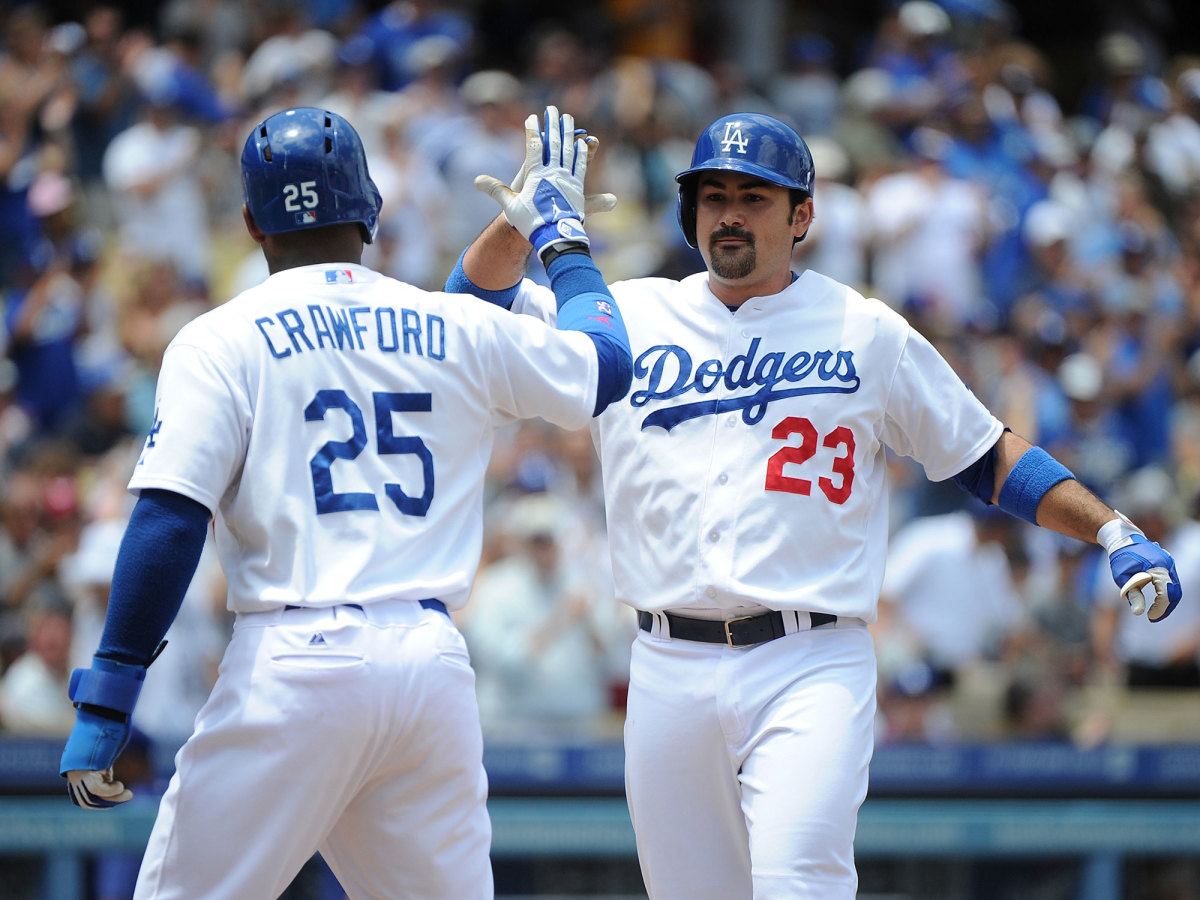What Does It Mean for MLB to Only Have One Trade Deadline This Year?

Like always, MLB’s fast-approaching trade deadline is set for July 31. Unlike always, it will be MLB’s only trade deadline. It’s been four months since the league’s announcement that it would do away with the waiver trade deadline of August 31, and as trade seasons kicks up, baseball will now begin to see the ramifications. But what might those ramifications be? And how much will they actually be felt? Here’s a handy primer to help.
How did the waiver deadline get eliminated?
It was originally proposed this spring by the Players’ Association, according to a report from Ken Rosenthal at The Athletic, and the league agreed to it, which is all that had to happen for the new practice to go into effect as part of a larger set of rule changes this year.
And what, exactly, were waiver trades?
Well, first—waiver trades can still happen! But there’s no longer a month-long period in which they’re the only type of trade that’s allowed.
Previously, in order to trade a player between July 31 and August 31, a club would have to first place him on waivers. This would give other teams the ability to claim him. If multiple teams tried to do that, those in the same league as the player’s current team would get top priority, in reverse order of their record. (So, for example, Miami would have first dibs on a National League player put on waivers right now, and if there was no interest from the NL, Baltimore would have first dibs from the AL.) After a front office has submitted a claim, the player’s current team has three options—pull him back, let him go to the claiming team for free, or negotiate a trade with the other club. And if two days pass and no team has submitted a claim, the player has passed through waivers and can be traded anywhere (unless he has a no-trade clause, or ten-five rights, or… you get the picture).
In other words, waiver trades are an impressively deep source of procedural baseball bureaucracy, and you no longer have to remember the many varied rules behind them in order to feel like an adequately informed fan in the month of August. Now you have some extra mental space to, say, remember the name of your favorite team’s emergency catcher, or learn about a fringe-y mid-level prospect who will likely never receive extended playing time in the majors. Or both!
Why did the waiver trade deadline get eliminated?
The MLBPA’s goal here was to increase baseball’s level of competition (a hot topic in recent seasons, given concerns over tanking, especially after the union filed a grievance last year against four clubs that it felt had not spent adequate money on their payrolls). With a single trade deadline, front offices will no longer be able to sit through the summer, waiting to see if their roster ends up being competitive enough to merit an extra boost down the stretch. If they want to position themselves as buyers and make an extra investment in their club, they now have to make up their minds by July 31—not August 31.

No more Justin Verlander-to-Houston deals, then?
No. Or Josh Donaldson to Cleveland, or Kurt Suzuki to Washington, or Delmon Young to Detroit, or (way back now) Jeff Bagwell to Houston, or the Dodgers-Red Sox megadeal that sent Adrian Gonzalez, Carl Crawford and more to L.A. Though, of course, splashy trades like these were only a tiny slice of the waiver-wire action in August—most were far more boring. (Last year’s Xavier Cedeno-to-Milwaukee deal, anyone?)
What does it mean, in theory?
Hypothetically, a single trade deadline could mean that every team on the fringe would push their chips in and go for it—July 31 is their last chance, after all! That’s the kind of competitive spirit that the union was likely hoping for when it proposed this new system.
...Or it could go the opposite way, with teams deciding that it’s not worth it to commit to going for it and proactively switch into sell-mode.
Either way, it’s not as if all August trades will now simply be pushed up to July. There’s a different calculus here for buy-versus-sell; trade volume will be adjusted accordingly. And it’s additionally worth noting that many prominent deals in August weren’t even the result of a club waiting to see if it should buy or sell. Many came from teams who had already established themselves as buyers and only found themselves looking for an extra pick-up after a late-summer injury. This path is out, too.
What will it mean, in practice, for 2019?
The NL, if you haven’t noticed, is all jammed up right now. There are currently nine teams within six games of two wild-card berths. Which means that teams are facing a tough decision here, and for some, it’s coming sooner than they’d probably prefer. If you’re, say, Arizona, 2 1/2 games back, it would likely be ideal to see if you have a little more breathing room in a few weeks and settle on a strategy then. But you can’t do that! You have to make up your mind now.
There are two basic strategies to consider, then. A club can be a little gutsier than it would have been with a later waiver trade deadline; it can decide to buy more and buy sooner. Or it can be more conservative. Considering that many clubs seem to value prospects more highly than ever now… it stands to reason that they’re only more likely to be cautious about dealing them. But you never know. There are always surprises at the deadline. Now, they’ll just all be in July.
